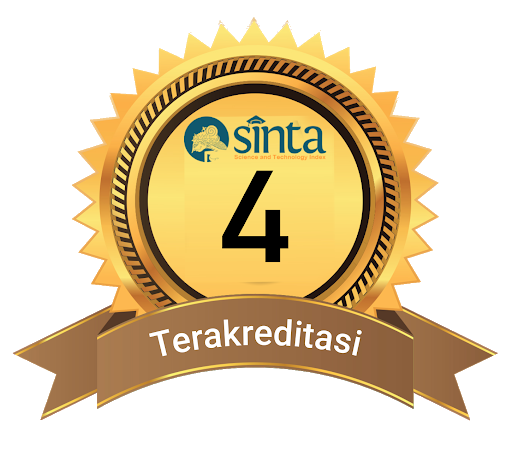KEANEKARAGAM SPESIES, BIOMASSA DAN STOK KARBON PADA HUTAN MANGROVE TOROSIAJE KABUPATEN POHUWATO-PROVINSI GORONTALO
Abstract
Pohuwato Regency is famous for its green line of mangrove which presents as a wide coastal ecosystem extending from Paguat subdistrict to West Popayato subdistrict. Mangrove forests in coastal areas of Torosiaje are one of the essential areas which play an important role as a buffer zone of Tomini Gulf. Human activities that go beyond the carrying capacity of the environment have led to a rapid decline of mangrove diversity. This study aimed to analyze the diversity of tree-staged mangrove species in Torosiaje coastal area, Pohuwato Regency, Gorontalo Province. Diversity index was calculated using Shannon-Wiener formula. Based on the results, there were five tree-staged mangrove species, Xylocarpus granatum, Rhizophora mucronata, Ceriops tagal, Avicenniamarina, and Brugueira gymnorrhizawith the individual total of 80. The value of diversity index was 1.093 in station I, 0.61 in station II, and 0.62 in station III. These numbers showed that the area of station I had a moderate level of diversity with the diversity index value of H′ > 1,0 – 1.5 while the areas of station II and III had a low diversity with the diversity index value of H′< 1,0. The value of mangrove biomass in Torosiaje is 27 ton / ha. This amount is equivalent to 13.36 ton / ha C (carbon content) with the largest carbon stock in the Rhizophora mucronata species is 8.71 ton / ha C, while the lowest carbon content in Ceriops tagal species is 0.13 ton / ha C. Mangrove in Torosiaje can absorb as much 49.03 ton / ha of carbon dioxide. These findings can be used as provisional data to help the management of mangrove forest as an attempt to control and reduce the ongoing mangrove destruction in Pohuwato Regency.
Keywords: Carbon Stock, Diversity, Mangrove species, Torosiaje
- View 1969 times Download 1969 times PDF



















